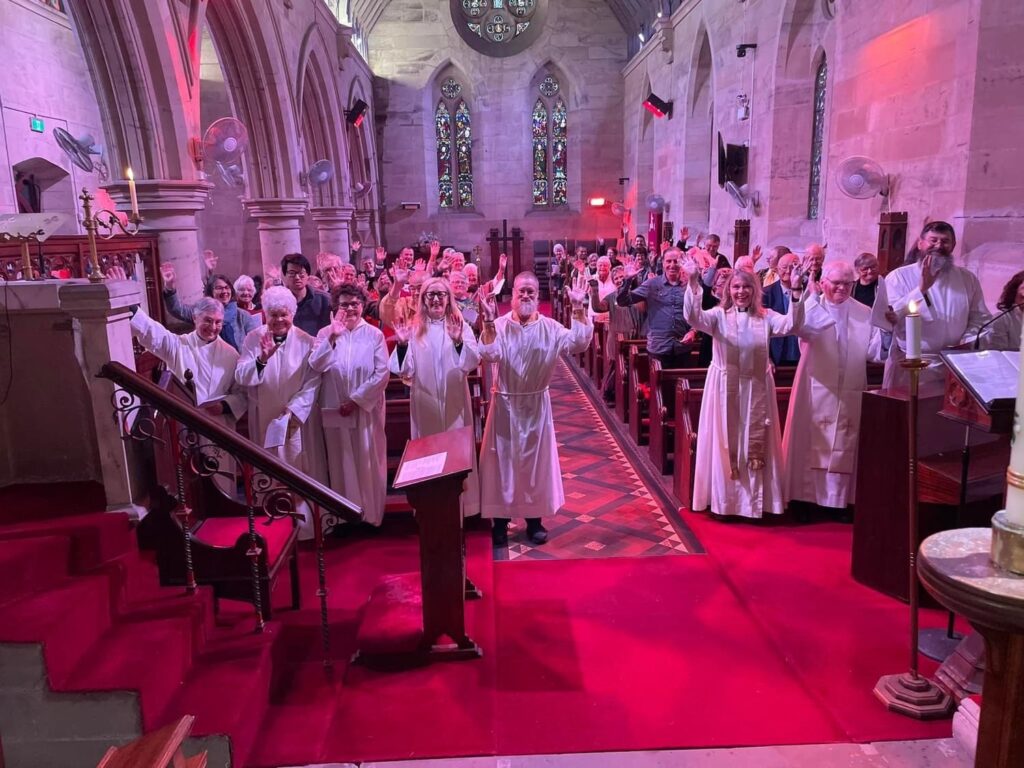by Roland Spencer-Jones Does every excavation and discovery have a story behind it? Maybe. This one certainly does. When did the story start? With shepherds moving into empty land in the early 19th century? With the gradual depopulation of...
by Roland Spencer-Jones
Does every excavation and discovery have a story behind it? Maybe. This one certainly does. When did the story start? With shepherds moving into empty land in the early 19th century? With the gradual depopulation of Highland glens in the early half of the 20th century? With the construction of the largest dam in Scotland completed in 1952?
Maybe it’s best to start this story in early July 2021 with a walker and cyclist, Glenn Wilks, venturing into the remote west end of Loch Mullardoch. This large reservoir loch was created from two previous lochs, Lungard and Mullardoch, when a dam was built in upper Glen Cannich flooding the upper glen for a distance of 15km. The dry summer of 2021 produced unusually low water level in the loch, exposing kilometres of bare sand and gravel at its western end. The walker, Glenn, noticed that the now exposed reservoir bed contained several circular stone structures. Although he wasn’t an archaeologist, he recognised that these were special and so took photographs and videos as a record of what might soon be covered up by the water again.
 One of hut circles exposed by the low waters of the loch (Glenn Wilks)
One of hut circles exposed by the low waters of the loch (Glenn Wilks)
Once he was out of the glen, he contacted Historic Environment Scotland with the information and photos. A serendipitous encounter between one of the HES officers and the author in Beauly soon after this, ended with the officer sharing the knowledge of this new find. Fortunately, the author had himself been to this area before, on a walking trip in 2014 when the water level in the reservoir was much higher. So, he knew the area and the difficulty of access, and yet was enthused at the prospect of investigating these features.
 Modern OS Map showing length of Glen Cannich and Strath Glass (OS)
Modern OS Map showing length of Glen Cannich and Strath Glass (OS)
 Map of Lochs Lungard & Mullardoch before the Mullardoch Dam (OS)
Map of Lochs Lungard & Mullardoch before the Mullardoch Dam (OS)
Would it be possible to mount a quick foray into this remote area before the rains started and water covered the hut circles again? In view of its remoteness, just getting to the site presented considerable logistical challenges. A small team of NOSAS members nevertheless took on those challenges on 27th July 2021. We took a boat from the current end of Glen Cannich at the Mullardoch dam, for a water journey of 7kms to the end of the previous Loch Mullardoch. From there we walked an hour to the west end of the previous Loch Lungard, where the circular structures had been found. We were fortunate to be accompanied by Glenn, the finder, who showed the way.
 Walking from the boat towards previous Loch Lungard
Walking from the boat towards previous Loch Lungard
 Walking along the north shore of Loch Lungard
Walking along the north shore of Loch Lungard
And, yes, the circular structures were hut circles (or roundhouses), some still with central hearths and paved interiors. We counted four, possibly six, on a gentle slope where the Allt Nead comes down from steep hills to the north and enters previous Loch Lungard.
 The exposed western end of previous Loch Lungard (Glenn Wilks)
The exposed western end of previous Loch Lungard (Glenn Wilks)
 Two hut circles, the excavated one on the left (Glenn Wilks)
Two hut circles, the excavated one on the left (Glenn Wilks)
 Another of the Hut Circles
Another of the Hut Circles
Despite the drought conditions all around, and the low loch level, the Allt Nead was still flowing. This may be the reason for the pre-historic settlement being sited here, ie a reliable source of fresh water. On high ground along the north shore of Loch Lungard was a line of scattered shieling huts, surveyed and recorded by the author in 2014. Interestingly, a fine Iron Age stone bowl, now in Inverness Museum, had been found at the Allt Nead site by the Inverinate stalker, Duncan Macleod, in 2009.
 The Iron Age stone bowl found at Allt Nead
The Iron Age stone bowl found at Allt Nead
A feature of the Highland glens – Conon, Orrin, Strathfarrar, Cannich and Affric – is that their watershed lies in the west, so the glens are long. The Glen Cannich watershed lies 15kms from the west coast at Loch Long, and 60kms from the east coast at Beauly. There are several east-west routes across the Highlands, using these glens. For example, the annual Highland Cross running and cycling event, uses the next glen south, Glen Affric. So, what were these prehistoric structures doing just 5kms east of the watershed, in such a remote location? A pastoral settlement? Maybe related to the E-W route, perhaps?
The NOSAS team started surveying and photographing the hut circles and the surrounding area. To their surprise they discovered a cup-marked stone, containing 29 simple cups, just up the slope from the hut circles. This is an isolated finding. There is a cluster of cup-marked rocks 17kms to the west at Faddoch, and a historical record of a cup-marked stone at Craskie in Glen Cannich 20kms to the east. But nothing else recorded in this location.
So, there were now three putative pre-historic dates for this site – rock art is often attributed to the late Neolithic/early Bronze Age, hut circles are often attributed to the Bronze Age going into Iron Age, and the stone bowl was definitely Iron Age. To try to resolve this dating dilemma, we selected the hut circle with the best hearth, and put two small trenches into it – one to remove the debris from the hearth, and one just inside the peripheral stone wall. Samples containing good dating material of carbonised wood were removed from both trenches.
 The Allt Nead cup-marked stone in its setting, looking S
The Allt Nead cup-marked stone in its setting, looking S
 Planning the central hearth (Glenn Wilks)
Planning the central hearth (Glenn Wilks)
 The Central Hearth cleaned and drawn
The Central Hearth cleaned and drawn
The report recording all the structures identified and surveyed in 2021, as well as the author’s previous survey of 2014, are compiled in a Report on the NOSAS website. The Data Structure Report of the excavation is also uploaded there. It has taken a while, as it does, to get the samples processed for radiocarbon dating, but the results have just come back. Thanks to the CARD Fund for financing them. The roundwood charcoal from just outwith the central hearth is dated to is between 757-547BC (68.3% probability) or 772-539BC (95.4% probability). The carbonised post within the external wall was dated to between 42BC-16AD (68.3% probability) or 51BC-63AD (95.4% probability). So, the hearth charcoal dates to the early Iron Age, the peripheral post to the middle Iron Age.
It’s pure conjecture to try to link these two dates. Was there continuous occupation during this time? Or two phases of occupation? Or was the peripheral post just that, a post in an unused structure in the middle Iron Age? And what does that mean for the rock art on the cup-marked stone? Could that art be later than usually considered? Or was there human activity at this place 1500 years before the hearth was used? All these are currently unanswerable questions. At least the radiocarbon Iron Age dates correlate with the date of the stone bowl, indicating definite settlement in the Iron Age.
It’s tempting to consider going back to this site to do a more formal and extensive excavation of one of the hut circles. However, it would mean setting up a camp at the site, and it’s difficult to know when the waters of the loch are going to be low enough to expose the structures again. Another challenge to consider…..
 At the end of the day (Glenn Wilks)
At the end of the day (Glenn Wilks)











